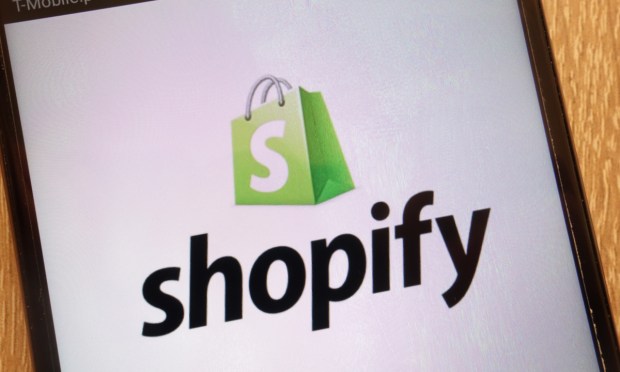Shopify Sees 17% Growth After Dumping Logistics Arm

What happens after a breakup? One would hope that you shed the dead weight and find yourself again.
After offloading its logistic arm and conducting layoffs, Shopify has successfully done so and has redirected its attention towards its primary objective: creating eCommerce platforms for a wide range of brands.
It’s a trend we’ve seen: Take Affirm divesting Returnly and then assisting merchants to transition to the Loop platform.
Read also: Loop CEO Says Returns Experience Now Drives Brand Loyalty
For Shopify, the decision has returned the company to a growth trajectory.
In the second quarter concluding June 30, Shopify sales surged 31% year over year (YoY). Revenue rose to nearly $1.7 billion, from $1.29 billion last year.
Harley Finkelstein, president of Shopify, highlighted the company’s expanding global network of merchants. “Our business momentum has led to another quarter of strong financial results. We’re not just shipping products faster, but we are also expanding our global merchant base, all while improving our ability to generate greater free cash flow,” Finkelstein said in a press release. “As we lean into the new shape of Shopify, our focus remains on building the world’s best product to empower entrepreneurs and businesses everywhere.”
However, the net loss for the Canadian technology behemoth expanded to $1.31 billion, from $1.2 billion last year. However, Shopify reported a 17% YoY growth in gross merchandise volume.
The report Wednesday (Aug. 2) marks a turnaround for the company after a period of challenges, like sluggish sales growth and reductions in staff. In May, Shopify reduced its workforce by 20% while divesting its logistics division to Flexport.
In a communication to the staff, CEO Tobias Lütke said that “as a result, some of you will be departing from Shopify today. I am fully aware of the profound effect this choice has on certain individuals and want to emphasize that this decision was not made without careful consideration.”
By the conclusion of 2022, Shopify boasted a workforce of 11,600 individuals. A 20% downsizing would affect about 2,300 positions.
Read more: Shopify Cuts 20% of Staff After Sale of Logistics Unit
In June, Shopify introduced its Shop Pay checkout as an independent component for enterprise-level retailers. According to a press release June 21, this service enables enterprise retailers not using Shopify to integrate Shop Pay into their existing infrastructure, eliminating the need for a complete overhaul.
Retailers operating online stores can provide one-click checkout to customers who hold a Shop Pay account.
PYMNTS research indicates that the majority of shoppers are influenced to return to a merchant by a smooth checkout process.
In a collaborative study titled “At the Checkout: Deal-Chasers Versus Loyal Customers,” conducted by PYMNTS and checkout.com, it was found that 76% of loyal customers, 64% of persuadable customers, and 63% of deal-chasers emphasized the effect of a positive checkout journey on their upcoming shopping choices.
Shopify has also incorporated artificial intelligence (AI) into its product road map.
On the wholesale front, Finkelstein cited a 61% rise in business-to-business (B2B) gross merchandise volume (GMV) in the initial half of 2023, which was credited to the integration of brands such as Kraft Heinz, Brooklinen, and Momofuko.
“Even though B2B currently makes up a small portion of our revenue, it represents a huge untapped potential for Shopify,” Finkelstein said during the call.
Shopify announced new tools like Marketplace Connect and Shopify Collective, which make it easier for merchants to branch into wholesale.
During June, Shopify introduced a rewards program for users of Shop Pay in the U.S. In a press release June 2, Shopify introduced the Shop Cash program, wherein customers who make qualifying purchases receive a 1% reward that can later be redeemed within the company’s Shop app.
“Shop Cash represents the next evolution of Shop, connecting independent brands to more shoppers, and rewarding those shoppers for being loyal fans,” Finkelstein said.
Read more: Shopify Launches Rewards Program for Users of Shop Pay

